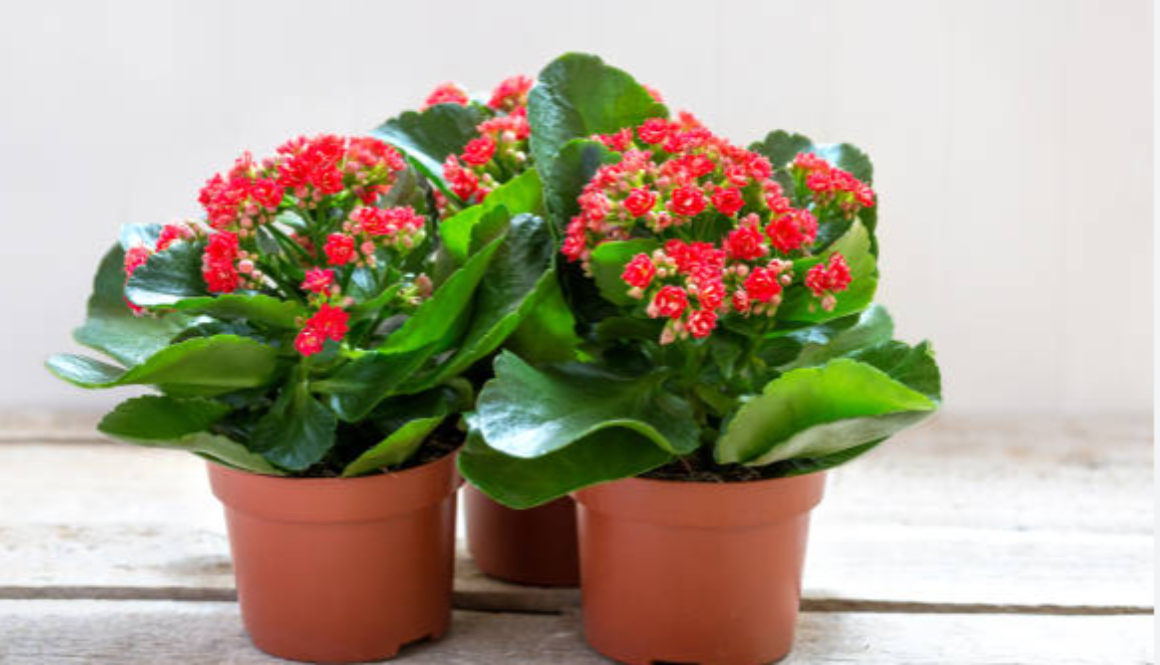Kalanchoe
hello Blog Kalanchoe benefits, Kalanchoe care, Kalanchoe cultivation, Kalanchoe flowers, Kalanchoe in gardens, Kalanchoe in landscaping, Kalanchoe indoor plant, Kalanchoe medicinal properties, Kalanchoe outdoor plant, Kalanchoe plant, Kalanchoe propagation, Kalanchoe soil requirements, Kalanchoe succulent, Kalanchoe uses, Kalanchoe varieties 0
Kalanchoe, a genus comprising over 200 species of flowering succulent plants, is native to Madagascar and other parts of Africa. Renowned for its resilience and striking beauty, Kalanchoe has become a popular choice for indoor and outdoor ornamental gardening. Beyond its aesthetic appeal, certain species of Kalanchoe possess medicinal properties and have been used in traditional medicine for various health conditions.
Part Used: While different species of Kalanchoe may have varied applications, the leaves of Kalanchoe pinnata, also known as the “Life Plant” or “Miracle Leaf,” are particularly notable for their medicinal properties. These leaves contain bioactive compounds like bufadienolides, flavonoids, and polysaccharides, which contribute to its therapeutic effects.
Usage: In traditional medicine, Kalanchoe leaves are utilized for their anti-inflammatory, antimicrobial, and wound-healing properties. They are often used topically to treat burns, wounds, insect bites, and skin conditions like eczema and psoriasis. Additionally, Kalanchoe extracts have been studied for their potential anticancer properties, although further research is needed to confirm these effects. In some cultures, Kalanchoe is also consumed orally in the form of teas or extracts to treat digestive issues and respiratory ailments.
Agrotechniques: Cultivating Kalanchoe is relatively easy, as these plants are adaptable to a variety of growing conditions. They thrive in well-drained soil and prefer bright, indirect sunlight. Kalanchoe can be propagated from stem or leaf cuttings, which root readily in moist soil. Regular watering and occasional fertilization during the growing season promote healthy growth and flowering. However, it’s essential to avoid overwatering, as Kalanchoe is susceptible to root rot. With proper care, Kalanchoe plants can provide years of beauty and potential medicinal benefits in the home or garden.

